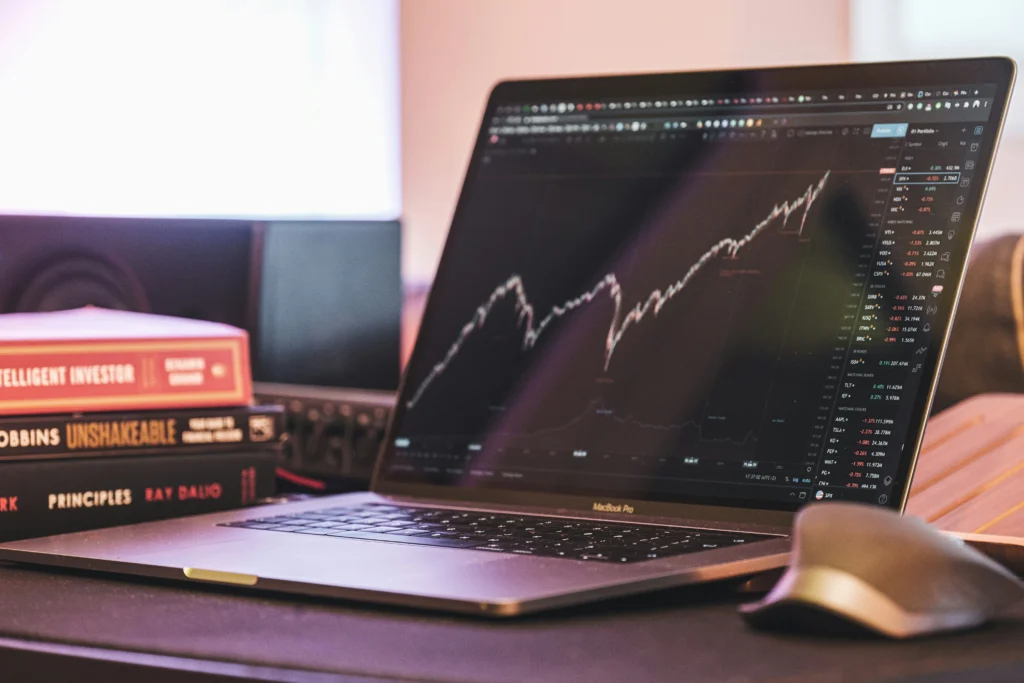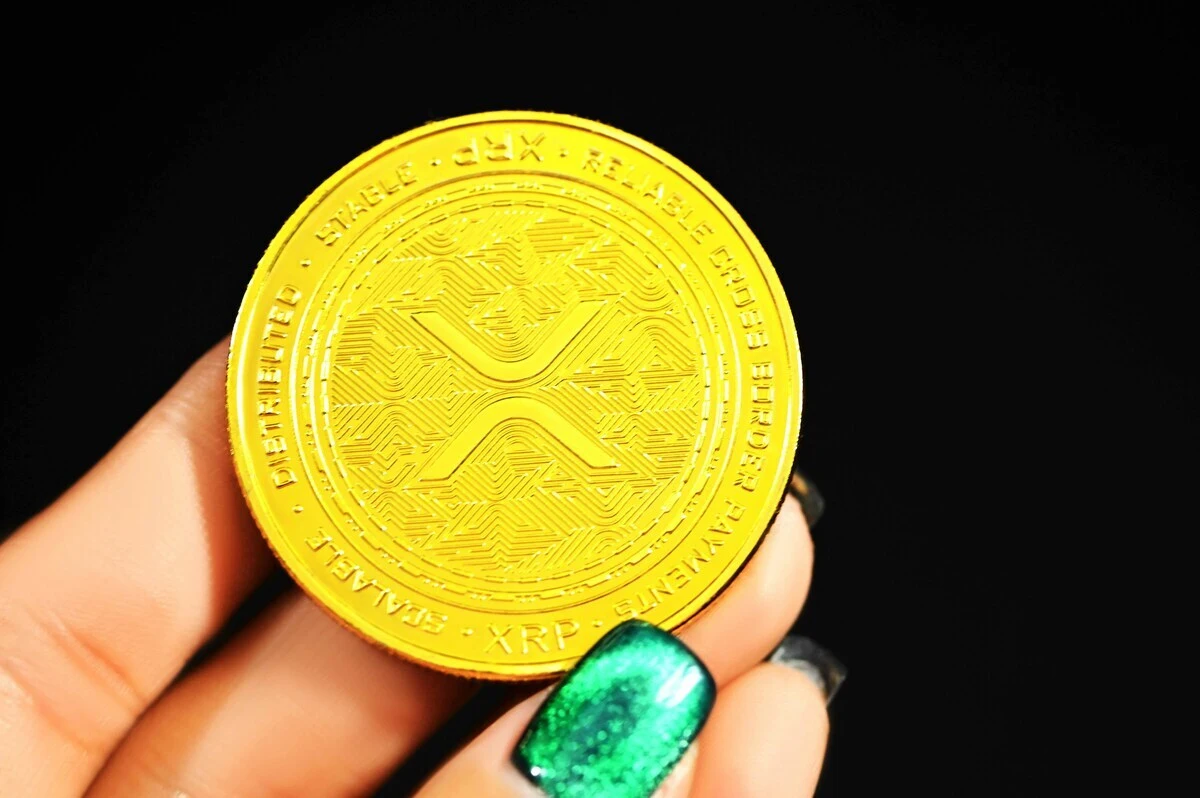The XRP Ledger is one of the fastest, most energy-efficient blockchain networks in the world. Created to power global payments, the XRP Ledger is widely used by banks, businesses, and crypto users alike. Whether you’re new to crypto or already hold XRP, this article will help you understand what the XRP Ledger is, how it works, and what the future may hold—including questions like, “Will XRP reach $20?” or “Is the XRP Ledger safe?”
What Is the XRP Ledger?
The XRP Ledger is a decentralized, open-source blockchain network designed to move money quickly and with very low fees. Unlike Bitcoin or Ethereum, the XRP Ledger uses a system called the consensus protocol instead of mining. This means it uses far less energy and confirms transactions in just 3 to 5 seconds.
The History of the XRP Ledger
Launched in 2012 by a group of engineers, the XRP Ledger aimed to solve the issues with Bitcoin’s slow speed and high energy use. These developers created the XRP Ledger as a faster and cheaper solution for global payments. Since then, it has grown into a trusted network used by financial institutions, developers, and crypto traders.
XRP vs the XRP Ledger
It’s important to know that XRP and the XRP Ledger are not the same, even though they’re closely linked. XRP is the digital currency, while the XRP Ledger is the network that powers it. You need XRP to pay transaction fees on the XRP Ledger, making it the fuel that keeps the system running smoothly.
Benefits of the XRP Ledger
The XRP Ledger stands out for several reasons:
- Speed: Transactions settle in 3–5 seconds.
- Low fees: Most transactions cost less than a penny.
- Eco-friendly: No mining means minimal energy use.
- Scalability: The XRP Ledger can handle over 1,500 transactions per second.
These features make the XRP Ledger a great choice for global payments, remittances, and financial services.
Is the XRP Ledger Safe?
Yes, the XRP Ledger is highly secure. It uses powerful encryption and a network of trusted validators to process and confirm transactions. Since its launch in 2012, the XRP Ledger has never been hacked. Its security and reliability are key reasons why banks and developers trust it for building financial apps and sending money around the world.
Who Uses the XRP Ledger?
The XRP Ledger is used by financial institutions, developers, and individuals. Ripple, the company behind XRP, has partnered with over 300 banks and payment providers globally. Developers also use the XRP Ledger to build tools, apps, and even NFT platforms, thanks to its support for custom tokens and smart contract-like features called Hooks.
How Much XRP Is Left?
When the XRP Ledger was created, 100 billion XRP tokens were issued. No more can ever be created. Over time, some XRP has been permanently lost (for example, forgotten wallet keys), and a small amount is destroyed with every transaction as a fee. This means the total supply of XRP slowly decreases over time, adding a level of scarcity.
Can XRP Reach $20?
Many XRP holders are hopeful that XRP could reach $20 one day. While this is possible, several things need to happen. First, the use of the XRP Ledger must increase across the world. Second, legal clarity—such as the outcome of Ripple’s case with the SEC—could boost confidence. And finally, if Bitcoin and other major coins perform well, XRP might follow the trend. If adoption grows, $20 could be within reach.
Will XRP Ever Reach $10,000?
Reaching $10,000 is extremely unlikely for XRP. If this happened, the market cap of XRP would be larger than the total global economy. While the XRP Ledger is a powerful tool for payments, such high price predictions are unrealistic. Instead of chasing extreme numbers, it’s better to focus on real-world use and the steady growth of the XRP Ledger.
How High Can XRP Go in 2025?
Experts predict that XRP might reach $2 to $10 in 2025, depending on how the crypto market performs and how much the XRP Ledger is adopted. If Ripple wins its legal battles and forms more partnerships, XRP could see major growth. Still, the market is very volatile, and it’s hard to predict exact numbers. What’s clear is that the XRP Ledger is gaining more attention and use every year.

XRP Ledger for Developers
The XRP Ledger is also popular with developers because it’s easy to build on. With features like issued currencies, custom tokens, and Hooks (similar to smart contracts), developers can launch wallets, payment apps, NFTs, and more. The strong community and free resources available online make the XRP Ledger a good platform for blockchain innovation.
What Makes the XRP Ledger Unique?
The XRP Ledger stands out in the crowded crypto space because of its unique combination of speed, security, and sustainability. Bitcoin takes up to an hour to confirm transactions and uses huge amounts of electricity. Ethereum charges high fees when the network is busy. The XRP Ledger, in contrast, is fast, affordable, and green. It offers a great solution for sending money across borders quickly and safely.
Investing in XRP
XRP is the native coin of the XRP Ledger and is used to pay for transactions. Many people invest in XRP because they believe in the long-term potential of the XRP Ledger. However, like all cryptocurrencies, XRP’s price can go up or down quickly. Before investing, it’s important to do your own research and understand the risks.

Getting Started with the XRP Ledger
It’s easy to start using the XRP Ledger. First, create a crypto wallet that supports XRP. Then, you can buy XRP from exchanges like Binance, Coinbase, or Kraken. Once you have XRP, you can send and receive payments, create tokens, or even explore building on the XRP Ledger.
Final Thoughts
The XRP Ledger is a powerful and efficient blockchain network that continues to gain attention. It offers fast transactions, low fees, and a more sustainable alternative to older blockchains like Bitcoin. Whether you’re a user, developer, or investor, the XRP Ledger has something to offer. While no one can guarantee XRP’s future price, its strong technology and real-world use give it lasting value in the crypto world.

Read Also : How to Buy Crypto Safely in the US: A Beginner’s Guide

